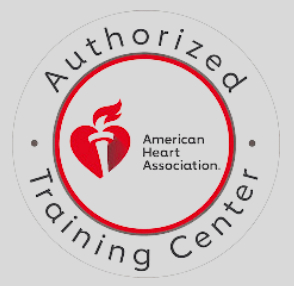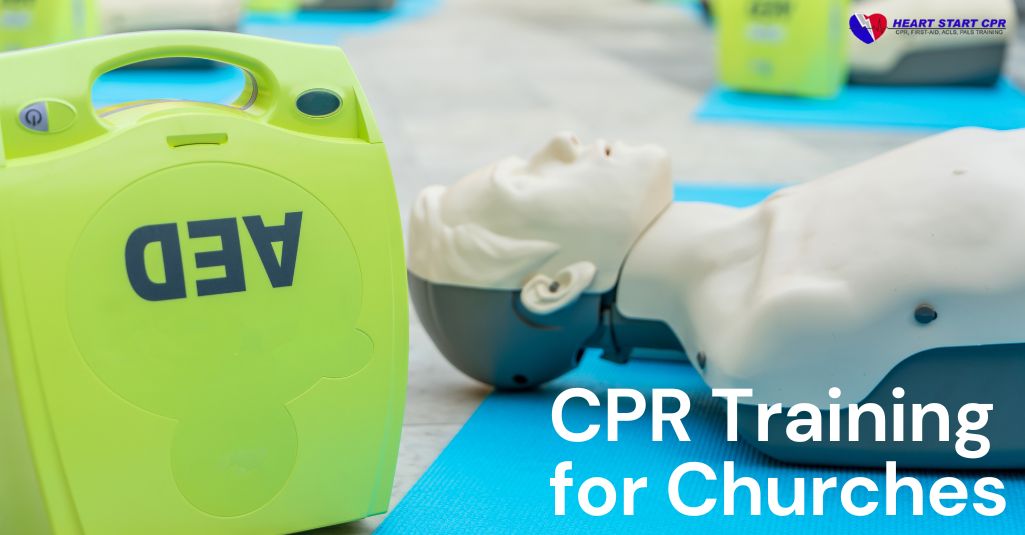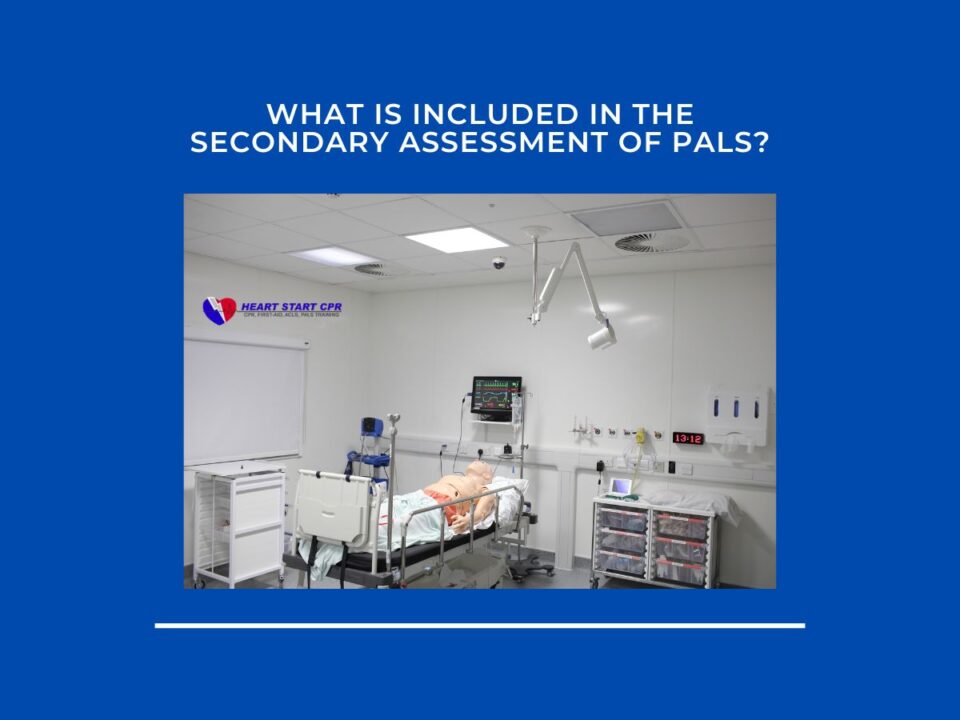
Importance of CPR training for Construction Workers
March 15, 2023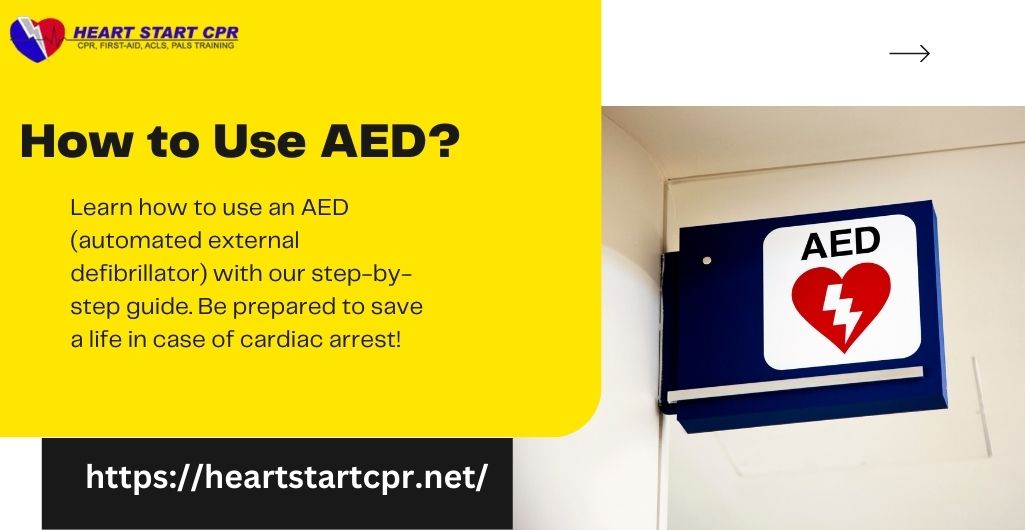
How to use an AED: Step-by-step Guide for Using AED
March 28, 2023CPR (Cardiopulmonary resuscitation) is a lifesaving technique that can be used in emergencies such as sudden cardiac arrest (SCA). CPR Training for churches is necessary because SCA can happen to anyone, anywhere, at any time, and the survival rate decreases by 10% for every minute without intervention. Therefore, people must be trained in CPR, especially those who work in public places like churches.
Sudden cardiac arrest (SCA) is one of the leading causes of death in the United States of America.
- SCA is a leading cause of death in the United States, with approximately 350,000 people experiencing SCA every year.
- Anyone can be a victim of sudden cardiac arrest regardless of age and how healthy they are.
- Survival rates decrease by 10% for every minute that passes without intervention.
- Only 32% of Sudden Cardiac Arrest victims receive bystander CPR.
Importance of CPR Training for Churches
Cardiac arrest is a leading cause of death in the United States, and it can happen to anyone, anywhere, at any time, including within church communities. Having church staff and volunteers trained in CPR and AED can mean the difference between life and death in a cardiac emergency. Here are some reasons why CPR and AED training is essential for churches:
The importance of CPR and AED training for churches:
- Saves Lives: CPR and AED training enables staff and volunteers to provide immediate lifesaving measures to someone experiencing a cardiac emergency before professional medical help arrives. In many cases, CPR and using an AED can significantly increase the chances of survival.
- Quick Response Time: In a cardiac emergency, every second counts. Trained church staff and volunteers can respond immediately, providing prompt CPR and AED use, increasing the chance of survival and minimizing the risk of long-term damage.
- Creates a Culture of Safety: CPR and AED training programs help churches develop a culture of safety, where staff and volunteers are trained to recognize and respond to cardiac emergencies. This fosters a sense of preparedness and can help prevent panic and confusion in a crisis.
- Community Outreach: Churches are often at the heart of their communities, and having trained staff and volunteers can extend the church’s outreach to the broader community. They can provide CPR and AED training to the public, which can help spread awareness and save more lives.
- Legal obligations: Churches are public places and may have legal obligations to provide adequate emergency care in the event of a medical emergency. CPR and AED training for church staff and volunteers can help fulfill these obligations.
- Spiritual duty: The Christian faith values human life and helping those in need. CPR and AED training can help churches achieve their spiritual responsibility to care for the sick and suffering.
- Cost-effectiveness: CPR and AED training are cost-effective measures to save lives and reduce healthcare costs by preventing long-term disability or death.
- Emergency preparedness: CPR and AED training can help churches better prepare for emergencies, including cardiac arrest, and reduce panic and confusion during an emergency.
- Confidence building: CPR and AED training can help build confidence among church staff and volunteers in their ability to respond to emergencies, which can improve their ability to act in other emergencies as well.
- Awareness campaigns: CPR and AED training for church staff and volunteers can help raise awareness about the importance of CPR and AEDs in the community, encouraging others to become trained and equipped to respond to emergencies.
Best practices for implementing CPR and AED training in churches
- Assess the Needs of the Church: Identify the number of staff and volunteers who require CPR and AED training, and ensure sufficient training for each member to respond to cardiac emergencies.
- Select the Right Training Program: Choose a training program that aligns with the specific needs and goals of the church and provides comprehensive training in CPR and AED use.
- Schedule Training Sessions: Set up regular CPR and AED training sessions for staff and volunteers to ensure everyone is up-to-date and prepared for emergencies.
- Choose Experienced Instructors: Select qualified instructors with experience teaching CPR and AED use to provide practical training.
- Utilize Hands-On Training: Use practical training methods such as role-playing and simulation exercises to provide a more comprehensive understanding of CPR and AED use.
- Develop an Emergency Response Plan: Develop a clear and concise emergency response plan that outlines the steps to be taken during a cardiac emergency, including calling 911, performing CPR, and how to use an AED.
A cost-Effective way of CPR Training for Churches
The cost of CPR Training for church staff and volunteers can be high. So, here are some of the cost-effective ways to provide CPR and AED training for churches:
- Online CPR and AED Training: Online CPR and AED courses offer a cost-effective way to train the church staff and volunteers.
- Collaborate with Local Healthcare Providers: Partner with local hospitals or clinics to provide staff and volunteers with free or low-cost CPR and AED training.
- Grant opportunities: Look for grant opportunities where CPR training is free for non-profit organizations like churches.
- Group Training Discounts: Many Training providers offer Group discounts for CPR and AED training to the organizations like churches which can reduce the overall cost of the movement.
- Equipment sharing: Share the cost of the equipment for CPR Training, like AED, and manikins, with other churches or communities to reduce the financial burden.
AED for churches
An AED (Automated External Defibrillator) is a lifesaving device that can treat someone experiencing sudden cardiac arrest. It is essential to have AED for churches. Below are some of the ways to acquire AED for churches:
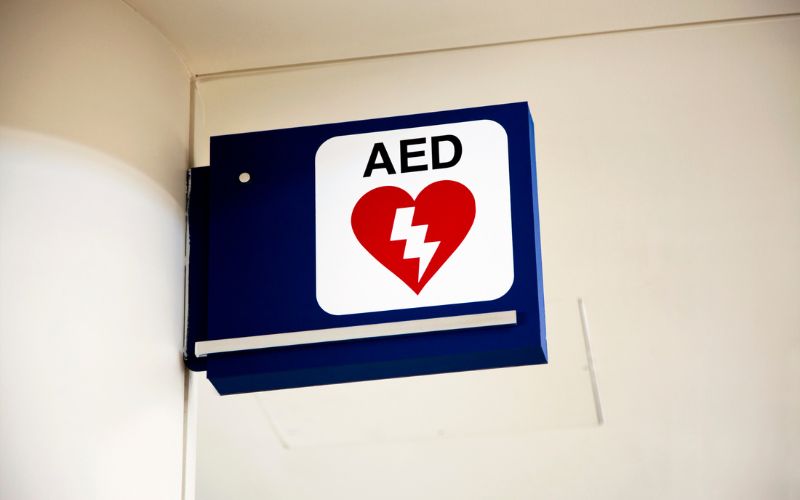
- Determine the need: Consider the size of your congregation and the frequency of events hosted at your church. Based on this, you can assess the likelihood of someone experiencing sudden cardiac arrest and needing an AED.
- Research and select an AED: Many different models of AEDs available, each with its features and price points. Do some research to find AED for churches that meet your needs and budget.
- Train staff and volunteers: Ensure that staff and volunteers are trained to use the AED and perform CPR. This will ensure that everyone is prepared to act quickly in an emergency.
- Place the AED in a visible location: The AED should be placed in an area that is easily accessible and visible to everyone. It’s also a good idea to have signs or stickers pointing to the location of the AED.
- Maintain the AED: Regularly check the AED to ensure its functioning properly and replace any expired or damaged parts. It’s also essential to keep the AED in an accessible location and ensure everyone knows where it is.
CPR and AED Training for Churches
Heart Start CPR offers CPR Training for Churches. We offer classroom and on-site CPR training courses in San Francisco Bay Area, Oakland, San Jose, San Ramon, etc. The classes are run by a trained expert who can teach you the necessary knowledge to act promptly in emergencies. So Call us at (877) 846-8277 if you have any queries regarding our CPR and AED Training.


